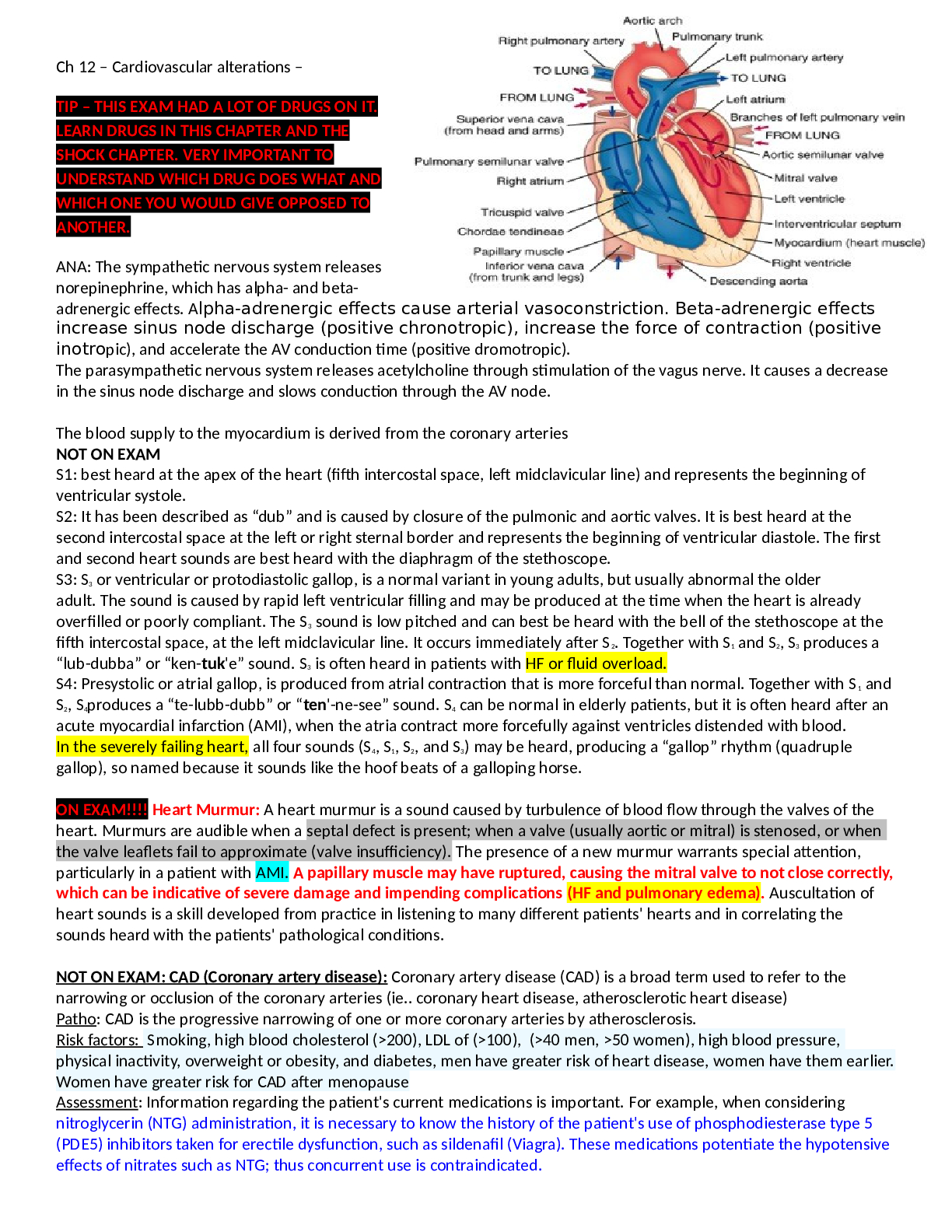Cardiovascular alterations Ch 12
Course
Project Management
Subject
Chemistry
Category
Study Notes
Pages
12
Uploaded By
ATIPROS
Preview 4 out of 12 Pages
.png)

Download all 12 pages for $ 8.00
Reviews (0)
$8.00
